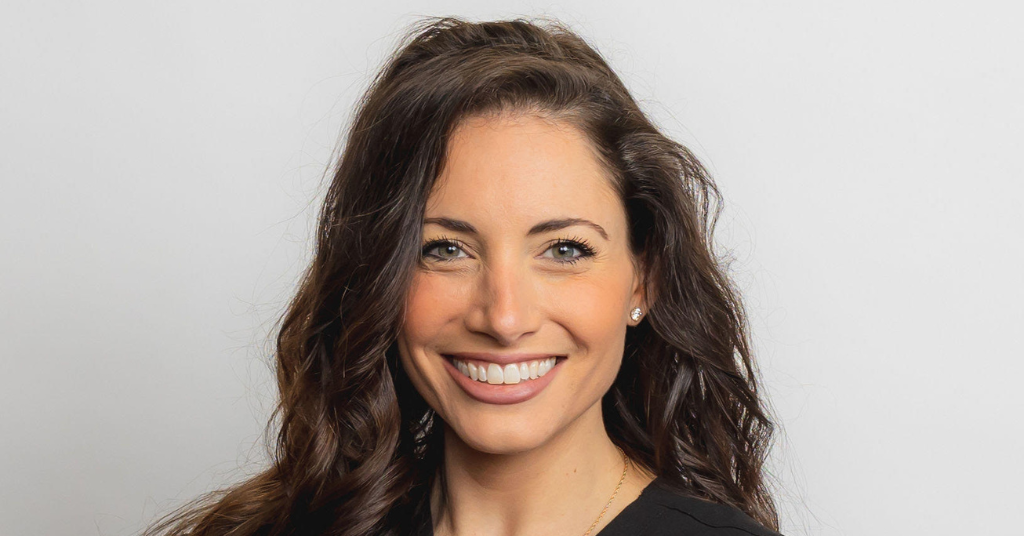
This is a big accessibility issue for deaf frequent fliers
March 30, 2017
My Top 5 Sensory Toys for Deaf Babies and Children
April 3, 2017How to fight for the best education for your deaf child

When your child is first diagnosed with hearing loss, some of the first thoughts are often about their educational development. Will your deaf child be able to speak? What about read? Will they be able to keep up with their peers in the classroom?
Luckily, there are rights for deaf children to ensure they have full access to quality education. However, not all school districts are fully equipped and knowledgeable about the best ways to handle children with hearing loss and other special needs.
That’s where parents come in. Parents can advocate for their child’s needs in the classroom to ensure their hearing loss doesn’t stand in the way of their development.
Here are a few important steps to take to ensure your deaf child is properly supported in the classroom:
Connect with the School Board
The first step in ensuring your deaf child is prepared for school is learning and understanding their rights and opportunities in the school district.
Jamie Keach, the mother of a 7-year-old with hearing loss, says she first felt an “us vs. them” mentality when her daughter was first diagnosed with hearing loss and needed equipment as an accommodation. Her mentality changed, however, as she learned more about the school system’s special education program.
“The more I learned about how they could help my daughter excel and the resources available, the more I realized the school was on my side,” she says. “We both want my daughter to succeed.”
“We both want my daughter to succeed.”
The United States’ public education system has an Individuals with Disabilities Education Act (IDEA), to ensure children with hearing loss get an Individual Education Plan (IEP). This plan outlines, among other things, the child’s placement, and the supplementary aids and services he or she needs.
Read more: The Big IDEA: Educational Support for Your Child.
Work with your Audiologist
Whether you’re just starting your child’s educational journey, or if your child is already in school, audiologists can be one of the biggest advocates in your child’s education. They can direct you to the best products available for your child, and help conduct hearing tests that the special education department requests, in order for your child to obtain hearing technology and resources.
“Your child’s audiologist, are a wealth of information and can help identify your child’s needs,” Jamie says.
Qualifying for services
When Jamie’s daughter first started school, she didn’t automatically qualify because she was not officially labeled “hard of hearing,” because there was no proof her hearing loss was affecting her academics, she says. To be able to qualify for services, Jamie worked with the school and audiologist to set up an evaluation. The evaluation identified that her daughter qualified for speech therapy and the school developed an Individualized Education Plan (IEP), and allowed her to get an assisted listening device for her teacher to wear during class time.
What hearing accessories should your child have in the classroom?
Children need to process information verbally, which can be difficult for children with hearing loss, especially in noisy classrooms. So, along with well-fit hearing aids, accessories are also recommended.
The most common classroom hearing accessories are:
-
Wireless system. Wireless microphone technology, such as the Phonak Roger system, actually allows its users to understand up to 62% more speech in noise and over distance than people without hearing loss. Consisting of a wireless microphone for the speaker and a small receiver that attaches to a hearing aid or cochlear implant, the system transmits sounds directly to the hearing instrument.
-
FM system. The predecessor to wireless hearing accessories, these systems use an FM transmitter, worn by the teacher, that sends sounds to receivers connected to the student’s hearing aids or cochlear implants. Unlike with wireless systems, the sound transmitted via FM can suffer from static and interference.
-
Hearing loop. An extremely simple and effective means of transmitting sound. A hearing loop is a wire that encircles a room and is connected to a sound system. It transmits sound electromagnetically, creating a signal that is picked up by the telecoil in a hearing aid or cochlear implant. (Read more about hearing loops.)
-
Sound field. A sound field system is essentially a public address system specifically designed for speech sounds. It includes a microphone for the teacher (and sometimes another for students or others) along with a system of speakers placed throughout the classroom. Sound field systems improve hearing for everyone in the classroom; research has shown that they improve test scores, too.
Are there other options?
If your child is using hearing accessories in the classroom, but you feel they are not the best options for their needs, there may still be alternatives.
Jamie encourages parents to continue working with the school district and audiologist to find the best solutions possible.
“Our school district utilizes iPads as learning aids, which require headphone use,” she says. “My husband and I worked to problem solve and came up with the idea to purchase huge adult headphones so they wouldn’t touch the hearing aid (and cause feedback) and still allow our daughter to use them. This idea worked… until she was fit with glasses. The headphones put pressure on the earpieces of her glasses which caused sore spots behind her ears. My daughter would come home complaining of the sore spots from her glasses rubbing behind her ears.
“I contacted our audiologist to see if there was a compatible device to allow her hearing aids to connect to the iPad. Our audiologist confirmed that there was a product, and we met her to conduct an additional hearing test that the special education department requested. This additional test also identified that our daughter qualified for an assisted listening device for her teacher to wear during class time and replace her need to wear headphones when they used iPads.
“I started this process by writing a letter to my daughter’s speech pathologist at the school requesting a reasonable accommodation. I explained the issue and suggested a solution.”

photo courtesy: Jamie Keach
“I started this process by writing a letter to my daughter’s speech pathologist at the school requesting a reasonable accommodation. I explained the issue and suggested a solution. The school was prompt in contacting me and they worked with our audiologist to identify the proper assisted listening device for the school to purchase.”
Thriving in the classroom with hearing loss
Thanks to her efforts and collaborations with the school and audiologist, Jamie’s daughter is now 7-years-old and thriving in first grade at a local public school.
“Her Phonak hearing aids have changed our lives and have allowed her the opportunity to continue to excel and thrive,” Jamie says. “She is currently learning how to play the violin!”
Children with hearing loss can achieve anything with the right technology and support.
Jamie proves that with a bit of effort, you can be your child’s best advocate to ensure they have the support they need.



